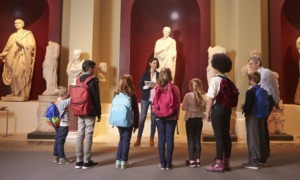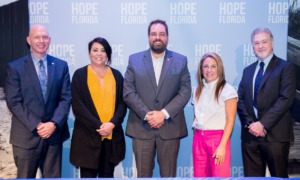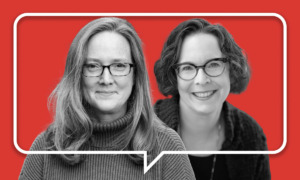Murray, Utah
(801) 284-4260
www.bgcsv.org
Objective: Instill a work ethic and career interest in youth by connecting them to community partners involved in education and service-learning.
In a Nutshell: Junior and senior high school students attend regular meetings where they receive lessons on skills for the working world, ranging from broad concepts like the work ethic to such specific issues as personal appearance at interviews. Youths must volunteer for one service project each month. Each is connected to a local business that provides an internship after the student has completed the training program. The program also started a Youth Chamber of Commerce in 2002, providing a chance for youth to meet formally with Murray’s business leaders.
When and Where It Happens: Meeting take place on the last Thursday of each month at the City Council chambers in Murray, as well as at the Boys & Girls Clubs in Murray and Midvale, Utah. Each youth must work on one project each month.
Who Started It and Who Runs It: In 1999, the club received a grant from the county to run a workplace readiness class, which paid each attendee a $100 stipend. Sheri Van Bibber, the club’s career development specialist, is the only staff member devoted to the program; volunteers from the business world help her by speaking at meetings and bringing youth in for job shadowing or internships.
Overcoming Obstacles: The program initially had trouble finding a permanent strategy for how it would work, Van Bibber says. After initial grant funds dried up and the stipends to youth had to be discontinued, the program experimented with minimum-wage subsidies for internships and college or high school credit programs. As the program’s prominence grew (largely thanks to Utah Gov. Jon Huntsman’s public support), Van Bibber has been able to stabilize the incentive component by persuading the local businesses to provide paid internships.
Cost: $62,411 a year.
Who Pays: Grants from county and state sources, along with a grant from the Daniels Fund, make up the bulk of the budget. Local businesses (such as Sam’s Club) donate money and provide internships.
Youth Served: About 500 youths, about 35 percent of whom were minorities, went through the program last year.
Youth Turn-On: The state leadership conferences and opportunities to meet important state officials are a big bonus for participants. Also attractive are opportunities for resume-building jobs and a shot at one of the six major scholarships (including three full-ride scholarships) that the program offers.
Youth Turn-Off: "The program is very time-intensive," Van Bibber says. "Students often build service projects from the ground up, which can be very difficult to balance with school, jobs and the rest of their lives."
Research Shows: According to the program’s in-house studies, 65 percent of the youths have acquired and maintained jobs through their internships. What
Still Gets in the Way: Popularity has brought more interest than new money. "Running this department with one person," Van Bibber says, is becoming impossible, with requests to teach other states and counties about the program and invitations to teach the basic components to other youth populations, such as adopted youth. "There haven’t been enough resources to expand the training program as quickly as it could be moving."






























